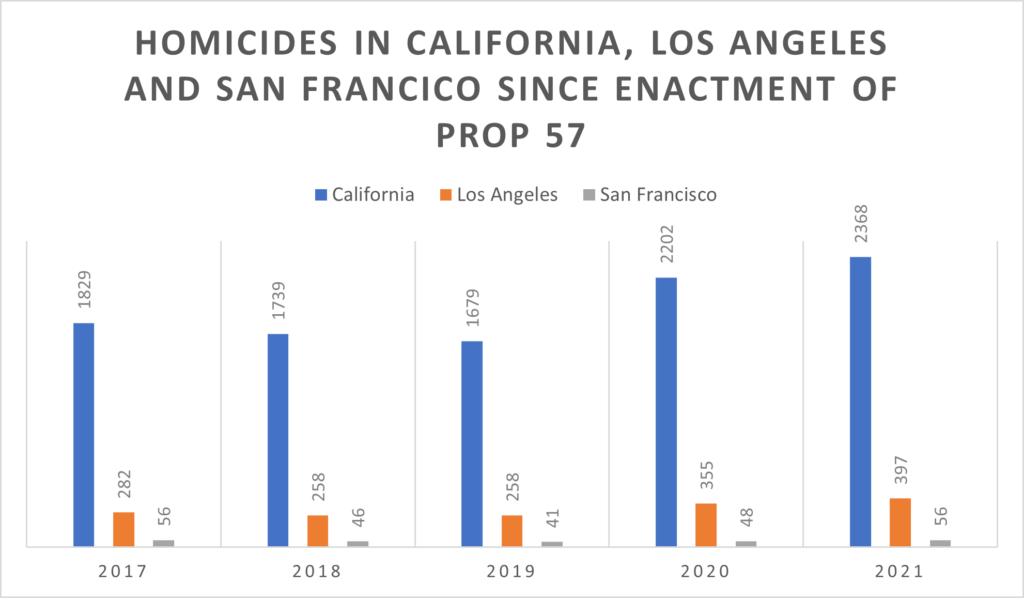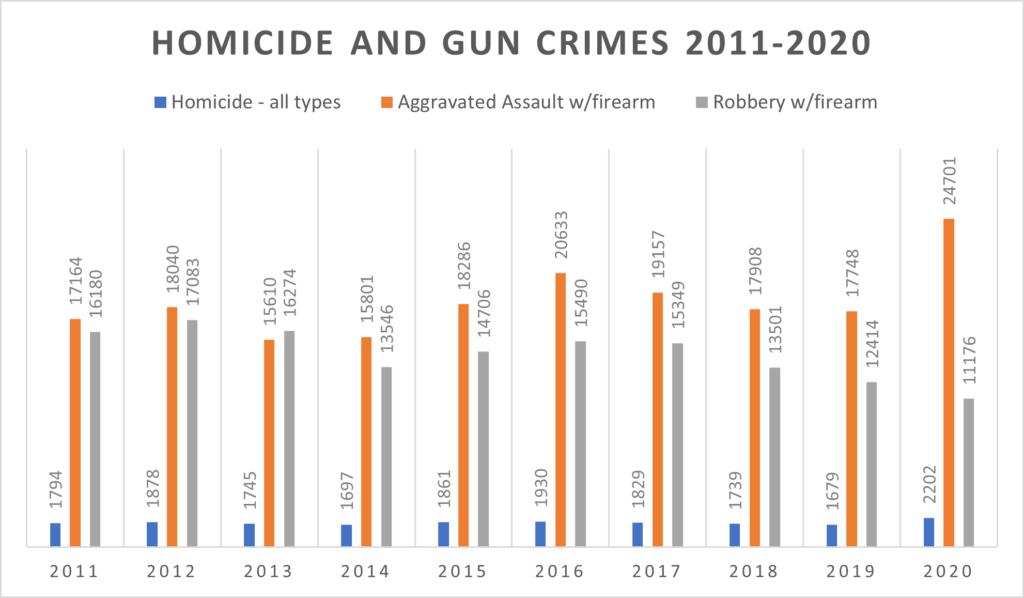On June 28, California Attorney General Rob Bonta reported that a Firearms Dashboard data breach had occurred, releasing the names and personal information for every CCW (Concealed Carry Weapon) holder in California. Specifically, the data includes: full name, date of birth, address, gender, race, driver’s license, and CCW license number for a ten-year period from 2011-2021.
The breach also includes information from the state’s Assault Weapon Registry, Handguns Certified for Sale, Dealer Record of Sale, Firearm Certificate Safety, and Gun Violence Restraining Order dashboards.
The number of affected individuals is well into the millions.
The breach has led to other consequences. July 1 is the date the Attorney General publishes crime statistics for the preceding year. As of July 18 the Attorney General’s website has, as it has every day since June 28, reported “Website temporarily unavailable”.
At the federal level, the Marshall Project confirms that the statistics in the FBI’s Uniform Crime Report or UCR for 2021 are unreliable due to a lower than required level of participation from contributing agencies. For example, Los Angeles and New York reported no statistics to the FBI while Chicago reported only 7 months of statistics. But they weren’t alone – 40% of US law enforcement agencies failed to submit crime data.
This double whammy of statistical mystery is a challenge enough for social science and criminal justice researchers – like us at PRI.
For the public, it means information in one of the areas of greatest concern – public safety – is seriously lacking. The monthly Harvard/Harris poll puts President Biden’s approval rating for “dealing with crime and violence” at just 34%. That’s just 2% better than his approval ratings for the economy – which stand at 32%.
The public are right to be concerned.
PRI has been tracking crime statistics from other sources and the results for the five-year period since the passage of Prop 57 show an increase in homicides in Los Angeles and San Francisco as well as an overall increase statewide.
Called the “Public Safety and Rehabilitation Act” Proposition 57 was intended by its authors to perform a trifecta of criminal justice goals: reduce the prison population, reform offenders, and reduce crime. However, the results have not been as promised.
Since Prop 57’s passage Los Angeles homicides are up 40% . San Francisco homicides dropped briefly from 2017 to 2018 then surged in 2020, increasing by 21% by 2021. Statewide, the number of homicides initially dropped then rose 29.5%
 Source CDC, LAPD, SFPD
Source CDC, LAPD, SFPD
In 2011, California began releasing inmates under AB109. From 2011 to 2020, aggravated assaults with a firearm are up 43.9% and homicides are up 22.7%.
Were it not for the lifesaving efforts of California’s trauma centers, many of the aggravated assault victims would have been homicide victims.
Conversely, robberies with a firearm are down 30.9%. One possible explanation is that it is no longer necessary to use a firearm to commit a robbery – as shoplifting is far easier and less risky.
 Source – CA Attorney General
Source – CA Attorney General
When the Attorney General and the California Department of Justice completes their data breach investigation and the 2021 statistics are released, we look forward to providing a more detailed report on crime in California.
Steve Smith is a senior fellow in urban studies at the Pacific Research Institute.
